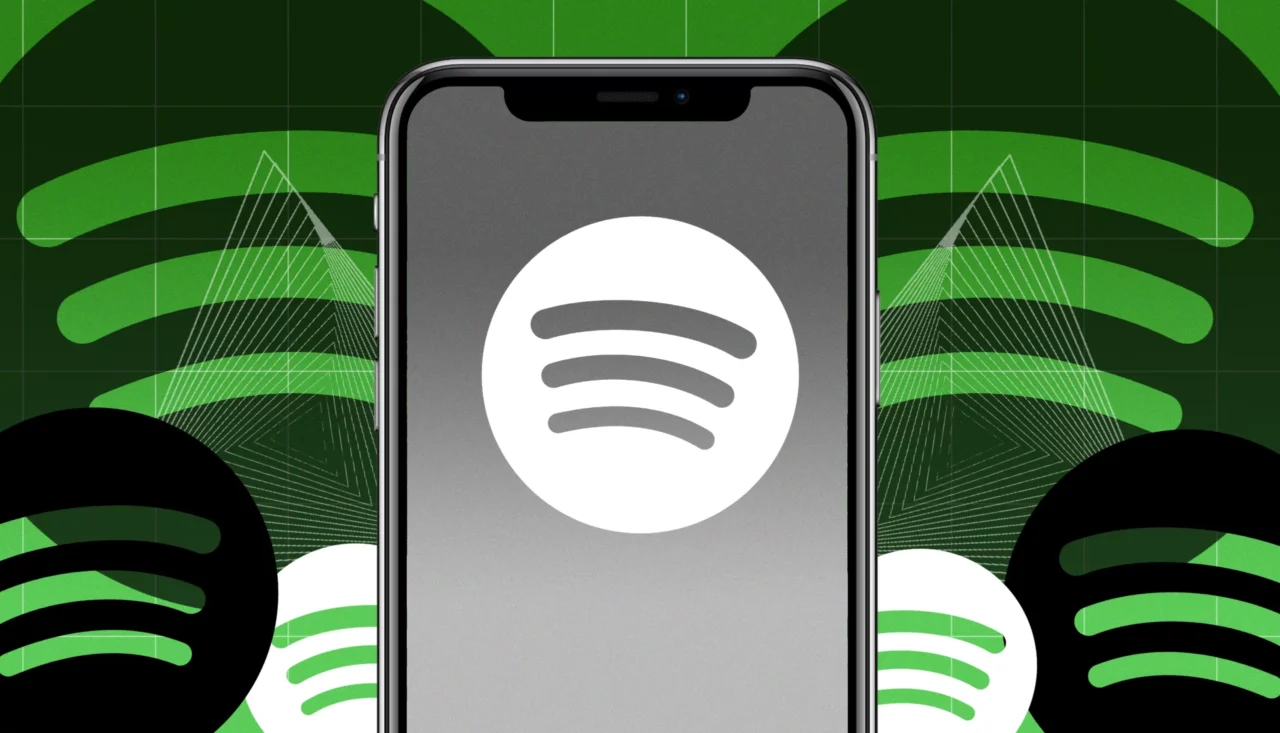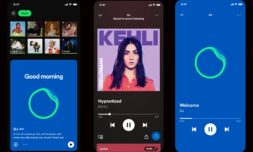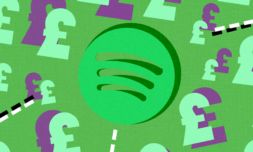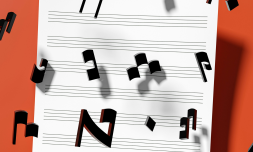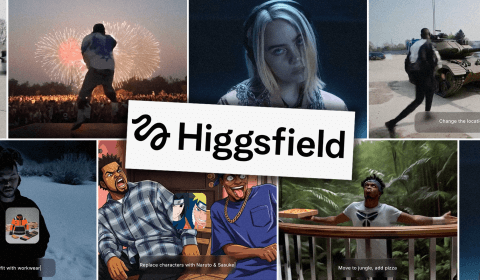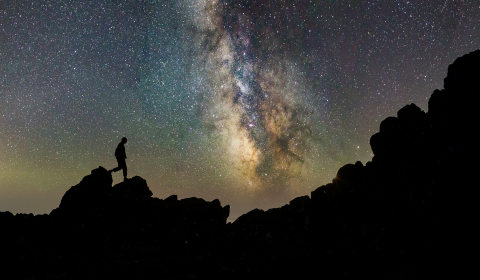Spotify algorithms are alienating us from each other and casting shadows over smaller artists by playing the same music over and over again. Is there a way we can rediscover the joy of sharing through streaming and continue to expand our tastes and experiences through sound?
Whether you’re passionate about podcasts or crazy about carefully curated playlists, chances are you’re no stranger to Spotify, the world’s most popular audio streaming subscription service.
The 21st century equivalent to a 1980s mixtape, this platform is used by millions every day to stay up to date with their favourite artists, discover and share new music, and create the perfect soundscape for their ‘vibe.’
Maybe over the summer you were bopping along to Bossa nova with an Aperol spritz playlist.
Or now that winter nights are drawing in, perhaps you’re on the pumpkin spice train.
I, for one, am already cosying up to Christmas jazz because once it starts getting dark by 6pm there’s no retrieving me from hibernation.
However, with the exception of Bliss Blundgren’s excellent Positano themed playlist, it’s becoming increasingly difficult to find playlists made by actual Spotify users, intensified by the relatively recent disappearance – or at least obfuscation – of the ‘discover’ tab.
A quick scroll through my Spotify homepage is proof of this, all ‘next up’ episodes from podcast series I’m already tuned into, multiple daily mixes ‘made for [insert username],’ and, of course, my ‘top’ mixes.
‘Isn’t that super convenient?’ I hear you ask. To an extent, yes, it is. If I happen to be in a country mood, for example, it’s great to have Post Malone, Katie Rigby, and Taylor Swift in one place.
The problem is that because these playlists are generated by Artificial Intelligence rather than people, they lack the certain personality that made mixtapes not only so iconic but, on occasion, romantic.
While cassettes took up a lot of space, were essentially un-editable, and complicated to make, they showed effort. These days you can whip up a Spotify playlist in a matter of minutes.
Gone is the personality behind playlists (whether romantic, platonic, or self-serving) and what’s left are futile attempts to say ‘I love you’ with a hyperlink or form connections that are impeded by dodgy WiFi.
Arguably, this is alienating us from each other, ensconcing us firmly within a world of online algorithms that offer us what we’re used to seeing and hearing and making it impossible for people to compete with devices that seem to know us better than we know ourselves.









